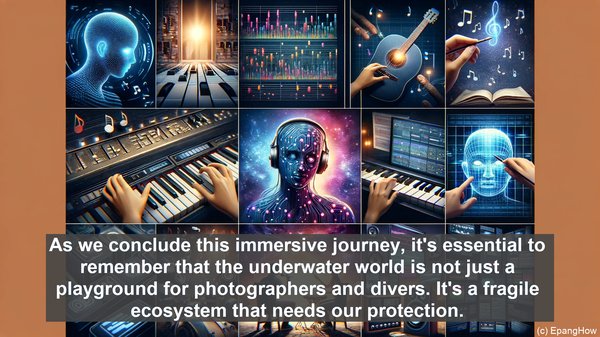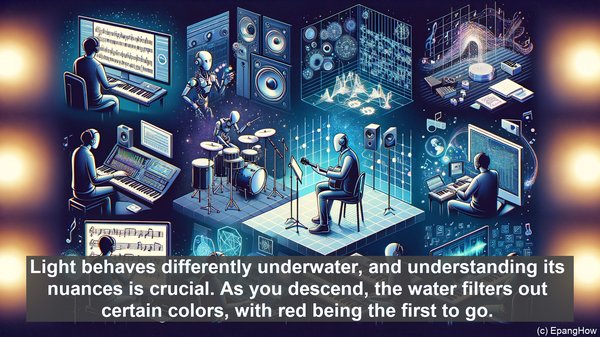Introduction: The Allure of the Underwater World
Hello, fellow adventurers! There’s something truly magical about the underwater world. Its serene beauty, vibrant colors, and diverse marine life have captivated explorers for centuries. Today, we’ll not only dive into the depths but also learn how to capture its essence through the lens. So, let’s gear up and embark on this unforgettable journey!
Essential Gear: Beyond the Basics
When it comes to underwater photography, the right gear can make all the difference. While a sturdy camera and housing are essential, don’t overlook other accessories like strobes, lenses, and filters. These tools not only enhance your images but also enable you to navigate challenging underwater conditions. Additionally, investing in a reliable dive computer and compass ensures your safety remains paramount throughout your dive.

Mastering Buoyancy: The Key to Seamless Shots
Buoyancy control is an art every underwater photographer must master. Not only does it ensure your safety, but it also allows you to capture steady, blur-free images. Practice neutral buoyancy, where you’re neither sinking nor floating, and make small adjustments using your breath or dive weights. This way, you can effortlessly glide through the water, getting up close to your subjects without disturbing them.
Lighting: Unveiling the Underwater Spectrum
Light behaves differently underwater, and understanding its nuances is crucial. As you descend, the water filters out certain colors, with red being the first to go. To restore this lost spectrum, consider using artificial lighting like strobes or article lights. These not only bring back the natural hues but also add depth and dimension to your images. Experiment with different angles and intensities to create stunning visual narratives.
Composition: Framing the Subaquatic Canvas
Composition is as vital underwater as it is on land. However, the dynamics change significantly. The rule of thirds, leading lines, and negative space still apply, but with the added challenge of three-dimensional subjects. Use corals, rock formations, or even other divers to create depth and scale. Additionally, be patient and observant, as underwater scenes are ever-changing, and the perfect shot may require some waiting.

Advanced Techniques: Pushing the Boundaries
Once you’ve mastered the basics, it’s time to explore advanced techniques. From macro photography, capturing the intricate details of tiny marine life, to wide-angle shots, encompassing vast seascapes, the possibilities are endless. Additionally, experimenting with long exposures or incorporating human subjects can add a unique touch to your portfolio. Remember, underwater photography is an art, and like any art form, it’s about pushing boundaries and expressing your creativity.
